1 July. Day 9. Boiling lake
Another beautiful sunny day for us. During the morning we continued our sampling profile around Malenky MV. We started this profile during the first leg (actually the very first core) and now it is finally finished!
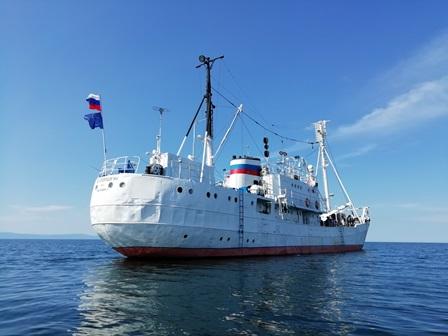
In the afternoon we sailed towards Selenga River delta to look for a vigorous seepage site that has been reported to be active relatively close to the coast.
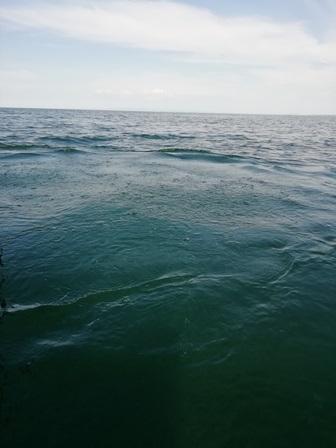
Here the water depth is less than 40 m and the degassing manifests all the way to the surface where millions of bubbles are constantly vented creating an impressive “boiling effect” over a circular area of ~4m2.
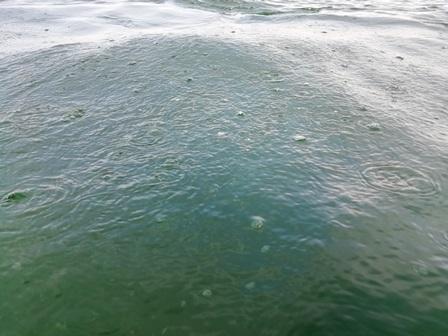
During the winter Lake Baikal freezes completely with ice thickness up to 3 m. This locality instead doesn’t freeze due to the constant gas seepage and is a destination for tourists and local people that wish to witness some peculiar natural phenomenon.
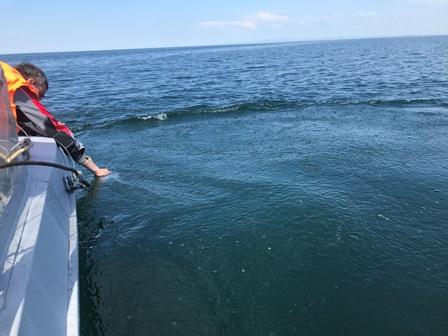
We decided to sample this site. We deployed our rescue small boat and successfully managed to take gas samples to be analysed with our on-board gas chromatographer. To complete, we also deployed our underwater camera system and followed the gas flare all the way to the bottom. Trails of bubbles are released from the lake floor over a well-defined area and rise splitting apart and expanding in volume through the water column.
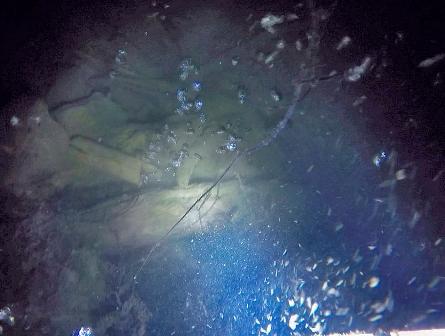
To complete our day we collected three cores in the Krasnoyarsky Slide that Arthur will study for geotechnical analyses.
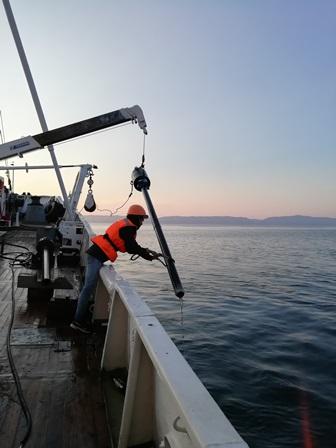
Our day ended with open air seminars in the front deck where Grisha summarized the tectonic setting of lake Baikal. Immediately after,Marina gave us a nice overview of the scientific achievements of Class@baikal.
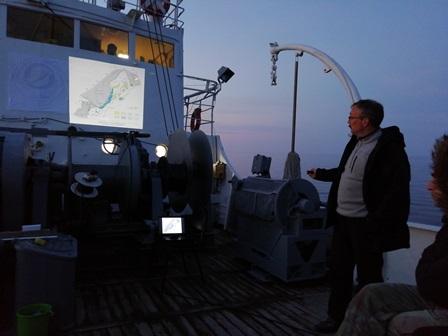
Text: Adriano and team
Photo: Marina, Olesya and team